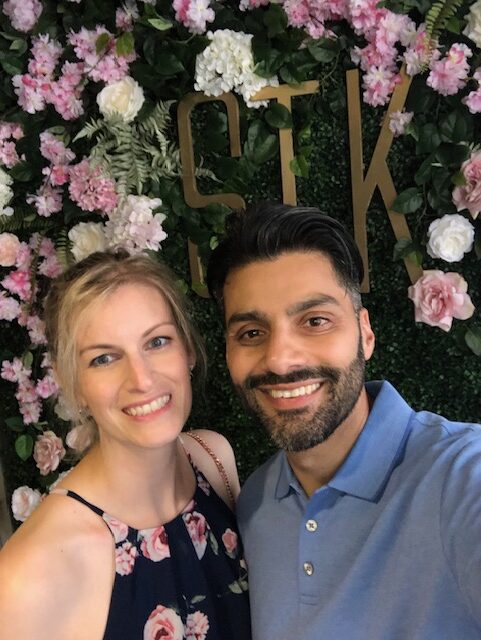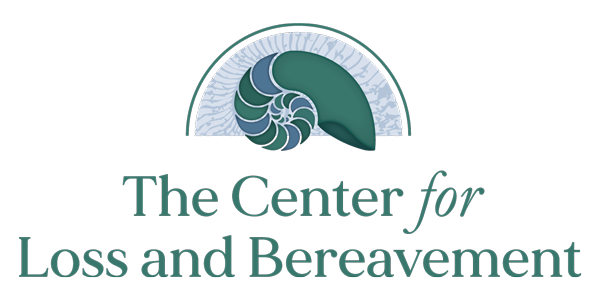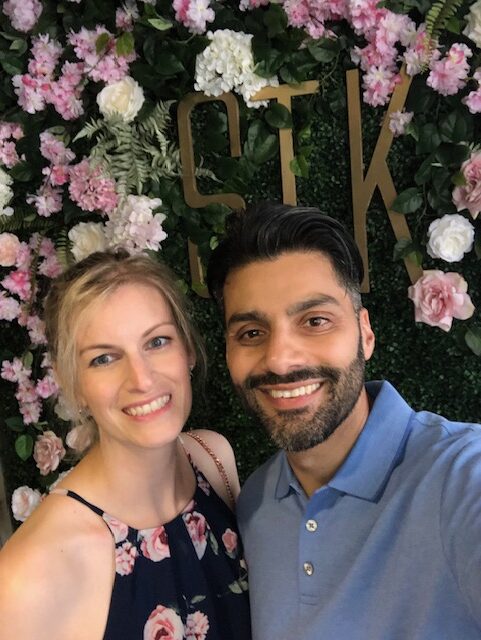I’m Not Broken, but I Am Broken

When Anikait first met Lydia in 2012, he felt an instant connection and sense of comfort in her presence. She was beautiful, with blonde hair and piercing blue eyes. More than that, she was kind, generous, independent, approachable, and the type of person who looked out for others. It didn’t take long before they fell in love, married, and started their lives together. They were the epitome of “joined at the hip,” spending as much time together as possible both one-on-one or with each other’s friends. When the pandemic hit, they were more than happy to have even more time together while many couples complained of needing more space. Lydia was someone Anikait could lean on for the good and the bad, someone he could be real with.
Being young and so new to marriage, neither expected the worst to happen. Tragically, for Anikait and Lydia, their story took a sharp turn whilst on vacation in Mexico in 2017. Lydia needed to be rushed to the ER after increasingly bad headaches and worsening symptoms causing confusion, vomiting, and loss of consciousness. Once stabilized in the ICU, brain scans revealed the cause of her symptoms, a large cyst on her brain resulting in acute intracranial pressure as well as a tumor. After a medical evacuation back to the US, she was diagnosed with an anaplastic astrocytoma, a malignant high grade-III glioma (HGG), an often slow-growing but aggressive brain tumor. She was just 31 years old at the time of her diagnosis. This marked the beginning of a five –and –a –half –year long battle with cancer, filled with over 1000 appointments, hundreds of lab draws, seven brain surgeries, chemotherapy, radiation therapy, proton therapy, and participation in two clinical trials.

Anikait described Lydia’s resilience and unwavering kindness and generosity for others despite her suffering. “Even through the blow of the diagnosis and subsequent treatment – her focus was always on how she could be helpful, useful, and supportive to others. That never faded over the years – she didn’t become weary – she continued to be the light; she continued to be the caring soul she always was.” Although her illness did not change her spirit, it did change her level of independence towards the end, something she deeply cherished. “Slowly, this illness started taking away from her,” Anikait shared. Witnessing this was very sad for them both. Although they did everything in their power to stop the cancer, Lydia died on March 20th, 2023 shortly after her 37th birthday.
As Anikait approaches a year since his beloved wife’s death, he reflects on the grieving process, articulating how the passage of time can feel confusing. “Theyear seems to have gone by in a flash, yet it slowly at the same time. Life seemsto all be going on, continuing around me, but I’ve stood still. Itfeels like being stuck in limbo or some alternate reality just existing in a bad dream,” he says. There isn’t anywhere that Lydia’s absence isn’t felt. The little things a person often takes for granted are gone; no more chit chat and sharing stories, silly inside jokes and text messages, being in each other’s company, sharing the mundane as well as making important plans for the future together, hugging Lydia and feeling her squeeze, the sound of her voice and laugh.
As do so many grievers, Anikait struggles with loneliness. People he thought would be there for him have pulled away. Others are afraid to say the wrong thing, so they just do not say anything at all. While there are people who have shown up for him, he hesitates to ask for help as he goes through this especially difficult time. All the while, he feels an unspoken pressure from society and those around him to ‘be better’ or to get back to the version of himself he was before Lydia’s death. Anikait also reflects on the physical manifestations of grief. He struggles with sleep and feels drained a lot of the time, and brain fog during the first six months after Lydia’s death caused him to forget things he never forgot before. He is often hit with pangs of anxiety and panic attacks; he shares that they were most acute during the first few months following Lydia’s death, but since then he has become accustomed to them and has found ways to help navigate them when they occur.
With these grief-related challenges presenting, Anikait became motivated to seek added support. In learning about The Center for Loss and Bereavement, he was comforted to see a specific partner loss support group being offered. Previously, he had attended a virtual support group open to all types of loss, but he struggled to connect with people whose experiences were quite different than his. The group at The Center was also specific for those grieving the loss of a spouse or partner in young adulthood, a distinguishing point that felt important to connect on, knowing there are unique factors involved in this type of loss depending on where you are in your own life’s journey. He found that it was much easier to connect over losing one’s “other half” with other members of his generation, all being faced with their own unique paths but similar in where they fall over the wide span of adulthood.
Anikait appreciated the different perspectives and experiences of the other group members through the many feelings and sense of understanding they shared. The group quickly became a safe space where he felt able to share his authentic self without being judged. It provided an outlet and a sense of connection with other members also navigating the often turbulent and messy waters of grief. Through the course of the 6-week group, discussions touched on relationships, holidays, changes in life, and various aspects of support systems. In this group, Anikait learned that he was not alone in his experiences and that he was not crazy. He found a space where he did not have to pretend like everything was okay, where the messiness of grief’s reality could be validated as the norm, not the exception. Talking to people who started their relationship with him as strangers brought relief; there was freedom from expectations, pressure, or a need to justify his feelings. Furthermore, he found it helpful to hear people say out loud what he himself struggled to articulate or put into words. He and the other group members are still in touch to this day through a group chat they created, continuing to support each other along the way, finding hope and strength together. This happens more often than not in peer support groups; many people desire to maintain the connections started at the Center, leading to transformed relationships that continue to help individuals rebuild their lives, with a stronger, more integrated sense of community.

As we know very well at the Center, while grief may change over time, it remains a fundamental part of who we are, especially for those losses that have the potential to completely shatter our sense of self, livelihood, and investment in the world. For Anikait, things are still hard, he shares “there is now a constant melancholy, a void in my heart that can never be filled because it’s in the shape of Lyds, I’m not sure if I’ll ever come to terms with it all, but I’ll keep doing my best to honor Lyds’ memory because she deserves it”. He has found that creating “little targets” helps him to get through each day. Leaning on healthy coping strategies, like going to the gym and taking care of his dog, have also helped. Additionally, he gives back with inspiration from his continued bond with Lydia by fundraising for the National Brain Tumor Society. He plans to take part in the Tough Mudder 10mile event this summer and run the NBTS Race for Hope 5K for the 8th time later this year. He also has shared Lydia’s story to support a campaign in the UK by University College London Hospital (UCLH) to collate stories of patients and the need for better funding/clinical trial options. In this interview with the Center, Anikait generously wanted to share his story with other grievers to help them know they are not alone, and to keep Lydia’s legacy alive. He also raises awareness about the significance of grief’s impact in his experience, and offers hope to others that supportive resources are available, with potential to make a difference on what can be an isolating and overwhelming road.
One final reflection that Anikait shared about a change he’s noticed in himself since Lydia’s death is an increased capacity to hold multiple diametrically opposite feelings at once, to feel “happy and sad, hopeful and hopeless, to be broken and not broken.” To close, here is a beautifully articulated excerpt from a tribute he wrote in honor of “Lyds,” as he affectionally calls her, that represents both the pain and joy he carries.
“Everyday I lose you again, I wake each morning and the reality sets in that you’re no longer here, our shared memories are just memories in my head, our dreams for the future can now never be; and after a few tears, I remind myself how wonderful you made my life when you were here with me. I keep you in my heart everywhere I go and share with you everything that I feel – your memory is precious, and it lives on babs.”


